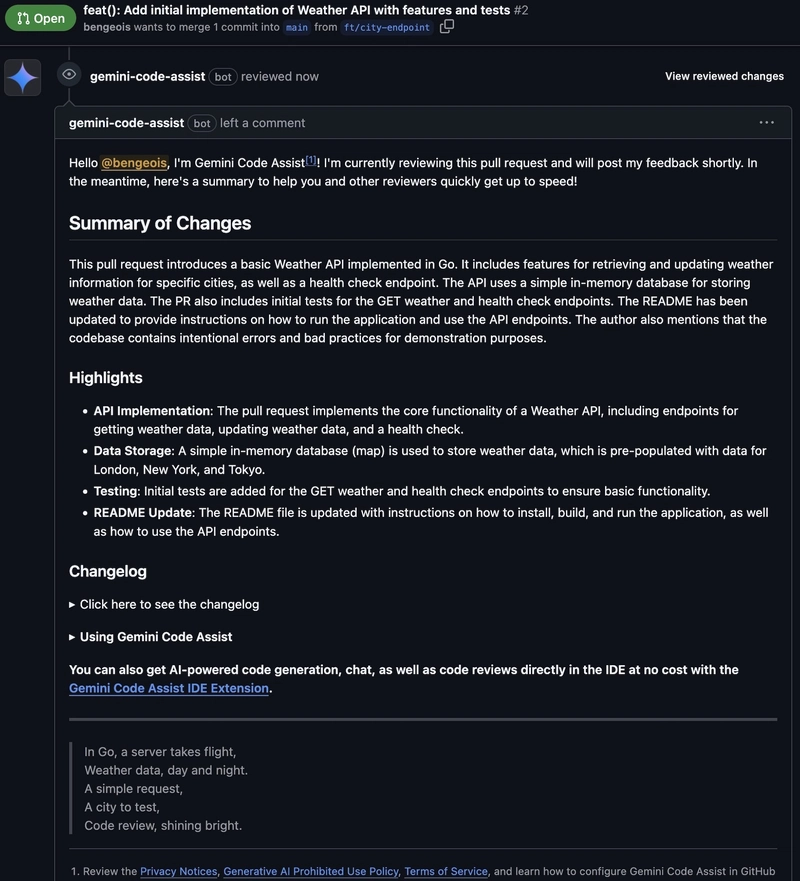Solving the Two Sum Problem in Rust: Brute Force vs HashMap
I’ve been diving into Rust and decided to challenge myself with some LeetCode problems. One of the first ones I tackled was the classic Two Sum problem — and, it turned out to be a great way to practice Rust basics like iterating over vectors and using HashMap. In this post, I’ll walk you through how I approached the problem first with a brute-force solution, and then optimized it using a hash map. I’ll also break down what “time complexity” really means as we go. The Problem You're given an array of integers nums and a target integer target. Your task is to: Return the indices of the two numbers such that they add up to the target. Constraints: Each input has exactly one solution. You can’t use the same element twice. You can return the answer in any order.

I’ve been diving into Rust and decided to challenge myself with some LeetCode problems. One of the first ones I tackled was the classic Two Sum problem — and, it turned out to be a great way to practice Rust basics like iterating over vectors and using HashMap.
In this post, I’ll walk you through how I approached the problem first with a brute-force solution, and then optimized it using a hash map. I’ll also break down what “time complexity” really means as we go.
The Problem
You're given an array of integers nums and a target integer target. Your task is to:
Return the indices of the two numbers such that they add up to the target.
Constraints:
- Each input has exactly one solution.
- You can’t use the same element twice.
- You can return the answer in any order.
































































































































































![[The AI Show Episode 143]: ChatGPT Revenue Surge, New AGI Timelines, Amazon’s AI Agent, Claude for Education, Model Context Protocol & LLMs Pass the Turing Test](https://www.marketingaiinstitute.com/hubfs/ep%20143%20cover.png)
































































































































![[DEALS] Koofr Cloud Storage: Lifetime Subscription (1TB) (80% off) & Other Deals Up To 98% Off – Offers End Soon!](https://www.javacodegeeks.com/wp-content/uploads/2012/12/jcg-logo.jpg)
















































































































-RTAガチ勢がSwitch2体験会でゼルダのラスボスを撃破して世界初のEDを流してしまう...【ゼルダの伝説ブレスオブザワイルドSwitch2-Edition】-00-06-05.png?width=1920&height=1920&fit=bounds&quality=70&format=jpg&auto=webp#)























_roibu_Alamy.jpg?width=1280&auto=webp&quality=80&disable=upscale#)











































































































![M4 MacBook Air Drops to Just $849 - Act Fast! [Lowest Price Ever]](https://www.iclarified.com/images/news/97140/97140/97140-640.jpg)
![Apple Smart Glasses Not Close to Being Ready as Meta Targets 2025 [Gurman]](https://www.iclarified.com/images/news/97139/97139/97139-640.jpg)
![iPadOS 19 May Introduce Menu Bar, iOS 19 to Support External Displays [Rumor]](https://www.iclarified.com/images/news/97137/97137/97137-640.jpg)







































































































